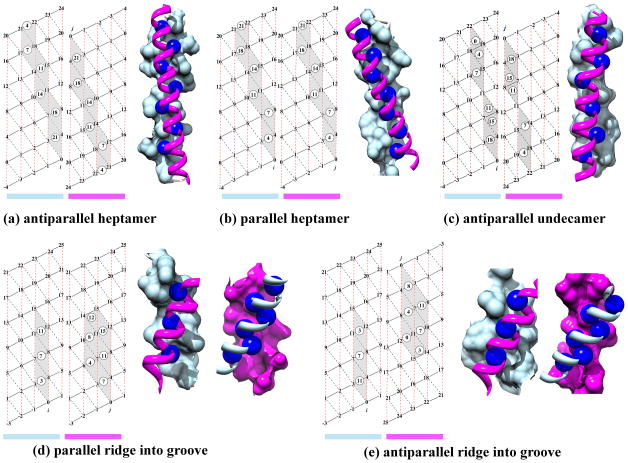Figure 4. Canonical Helix-Helix Packing Patterns.
For an α-helical pair, the interaction pattern is shown using a modified version of Crick’s43 α-helical lattice along with a structural representation of the packing. The numbers in the lattices are the residue numbers relative to the earliest residues i and j in the packing interface. The color bar under each lattice corresponds to the color of the α-helix in the depicted interaction pair. Grey sockets are involved in inter-helical knob-socket interactions, whereas white sockets are only intra-helical secondary structure packing. Circled numbers are knob residues corresponding to positions on the other helix packing into their respective sockets. For the depiction of the packing interface, the surface of one helix is shown in torquoise while the other helix is shown in magenta ribbon with the knob residues in blue spheres. Depiction was performed using Chimera123. Helix angle was calculated with HELANAL121. (a) Canonical packing pattern for left-handed anti-parallel α-helix dimer with a crossing angle of −165°95. In this canonical packing, the same regular packing pattern appears on both sides of helices in the shared knob-socket motif or classic knobs-into-holes packing43 of the heptad repeat57. (b) Left handed parallel coiled-coil pattern of helix packing with crossing angle of 25°. Similar to pattern in (a), both helices shows identical knob-socket patterns at interface. (c) An example of right handed anti-parallel packing pattern with a crossing angle of 175°96. Instead of a heptad or 7mer repeat, the repetition occurs every 11 residues73;94. This causes a α-helix packing angle change from −165° to 175°. (d) Canonical pattern for right-handed parallel helix dimer on helix lattice with a crossing angle of −50°97. Most clearly shown are the singular knob-sockets. This is also representative example of a 4-4 packing in the ridge into groove interaction44;45. (e) Right handed ridge into grove with helices running antiparallel to each other with crossing angle of +135°. Both patterns in (d) and (e) shows the ±4n ridge along the residues 3-7-11 packs against the ±4n groove between the ridges formed along the residues 0-4-8-12 and 3-7-11-15. The ridges forming the groove on one α-helix pack into corresponding grooves on the other α-helix formed by three ±4n ridges: 0-4-8-12, 3-7-11-15, and 6-10-14. The pattern of knob sequences follow along the i+4 ridge, which packs into the sockets formed along the i+4’s.

